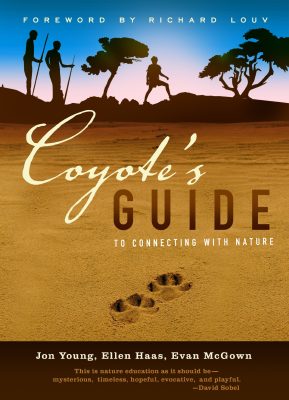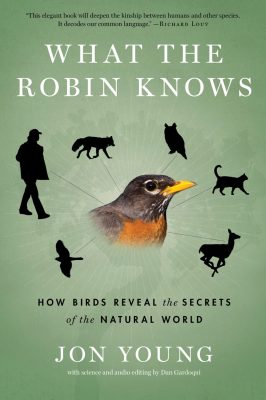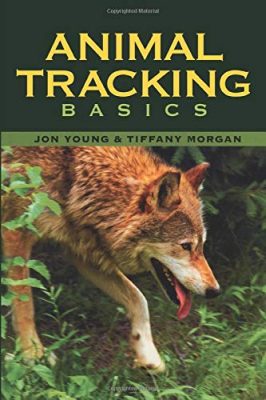Chase Preserve Map
Hover over the map and click to discover the plants around the preserve!
**While on the land, please DO NOT HARVEST wild plants without express permission from the landowners. Harvesting wild plants without permission could result in overharvesting the natural plant community of our camp and disrupt the ecosystem. Thank you for your cooperation!**
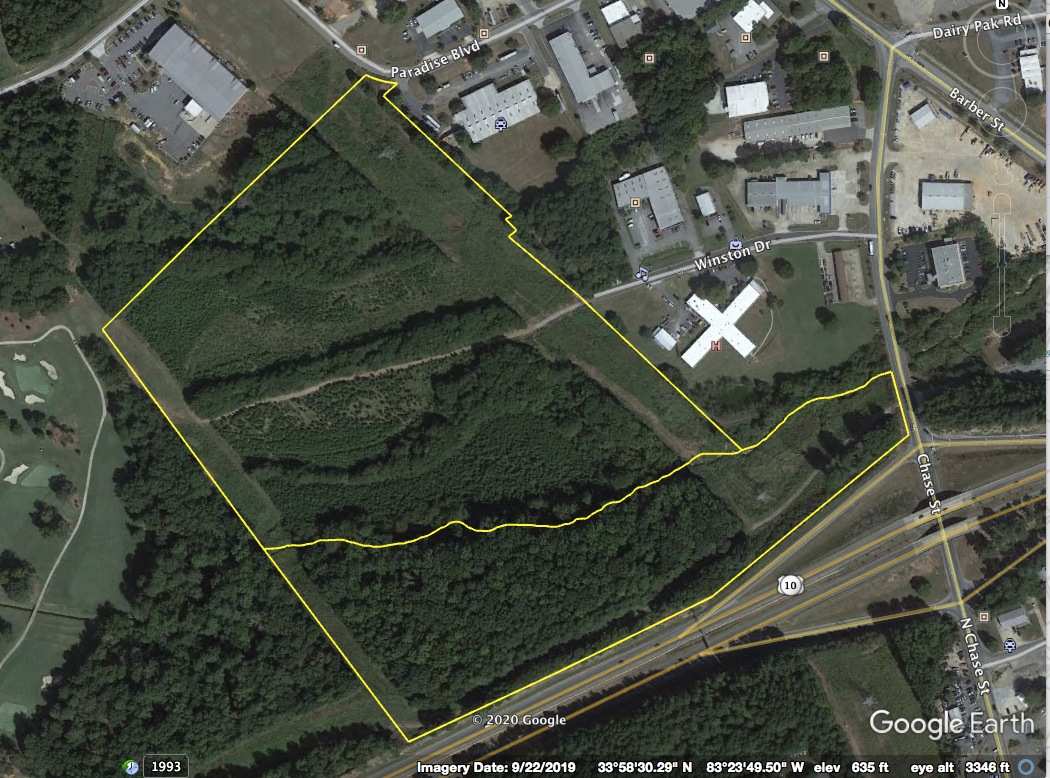
Painted Buckeye
- Scientific Name: Aesculus sylvatica
- Painted Buckeye is a species of shrub, commonly found in forests and along stream banks with yellow or red flowers.
- Fun fact: painted buckeye is poisonous, and so are its seeds!
Crawdad Castles
- Crayfish
- Scientific Name: Paranephrops planifrons
- Crayfish are freshwater crustaceans that resemble small lobsters.
- Fun fact: crayfish can be blue, white, yellow, or even green!
Trillium
- Scientific Name: Trillium Cernuum
- Trillium is a flowering plant species native to North America and Asia.
- Fun fact: sometimes trillium has what’s called “four-fold symmetry:” four leaves, four sepals, and four petals in the blossom!
Bloodroot
- Scientific Name: Sanguinaria Canadensis
- Bloodroot is a herbaceous flowering plant native to North America, variable in leaf and flower shape.
- Fun fact: bloodroot is also known as bloodwort, redroot, and black paste!
Mesic Forest
- Partridgeberry
- Scientific Name: Mitchella repens
- Partridgeberry is a woody shrub with shiny, dark green leaves.
- Fun fact: the species name, “repens,” means “creeping!”
Wetland
- Common Cattail
- Scientific name: Typha latifolia
- Cattail is a perennial plant native to all of the United States except for Hawaii, where it is considered an invasive species.
- Fun fact: cattail is diverse and resilient, and can be found at elevations from as low as sea level to as high as 7,500 feet!
Rivercane
- Scientific Name: Arundinaria gigante
- Rivercane is a species of bamboo that grows in the south-central and southeastern United States.
- Fun fact: rivercane is a source of food for multiple animals, including southern pearly eye butterflies and Kentucky warbler birds!
Resource Library
Other Resources
Wild Earth Camp uses a variety of resources to teach children about nature. Check out some of them below!
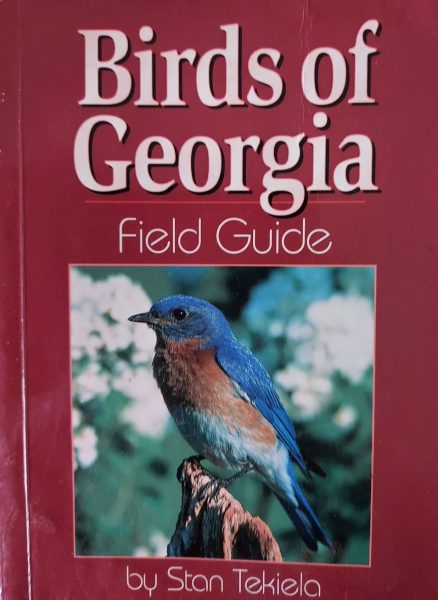
Birds of Georgia Field Guide
“Make bird watching in Georgia even more enjoyable! With Stan Tekiela’s famous field guide, bird identification is simple and informative. There’s no need to look through dozens of photos of birds that don’t live in your area. This book features 140 species of Georgia birds, organized by color for ease of use. Do you see a yellow bird and don’t know what it is? Go to the yellow section to find out. Fact-filled information, a compare feature, range maps, and detailed photographs help to ensure that you positively identify the birds that you see.”
The Cherokee Herbal
“In this rare collection of the acquired herbal knowledge of Cherokee Elders, author J. T. Garrett presents the healing properties and medicinal applications of over 450 North American plants. Readers will learn how Native American healers utilize the gifts of nature for ceremonial purposes and to treat over 120 ailments, from the common cold to a bruised heart. The book presents the medicine of the Four Directions and the plants with which each direction is associated. From the East comes the knowledge of “heart medicine”–blood-building tonics and plants for vitality and detoxification. The medicine of the South focuses on the innocence of life and the energy of youthfulness. West medicine treats the internal aspects of the physical body to encourage strength and endurance, while North medicine offers a sense of freedom and connection to the stars and the greater Universal Circle. This resource also includes traditional teaching tales to offer insights from Cherokee cosmology into the origin of illness, how the animals found their medicine, and the naming of the plants.”
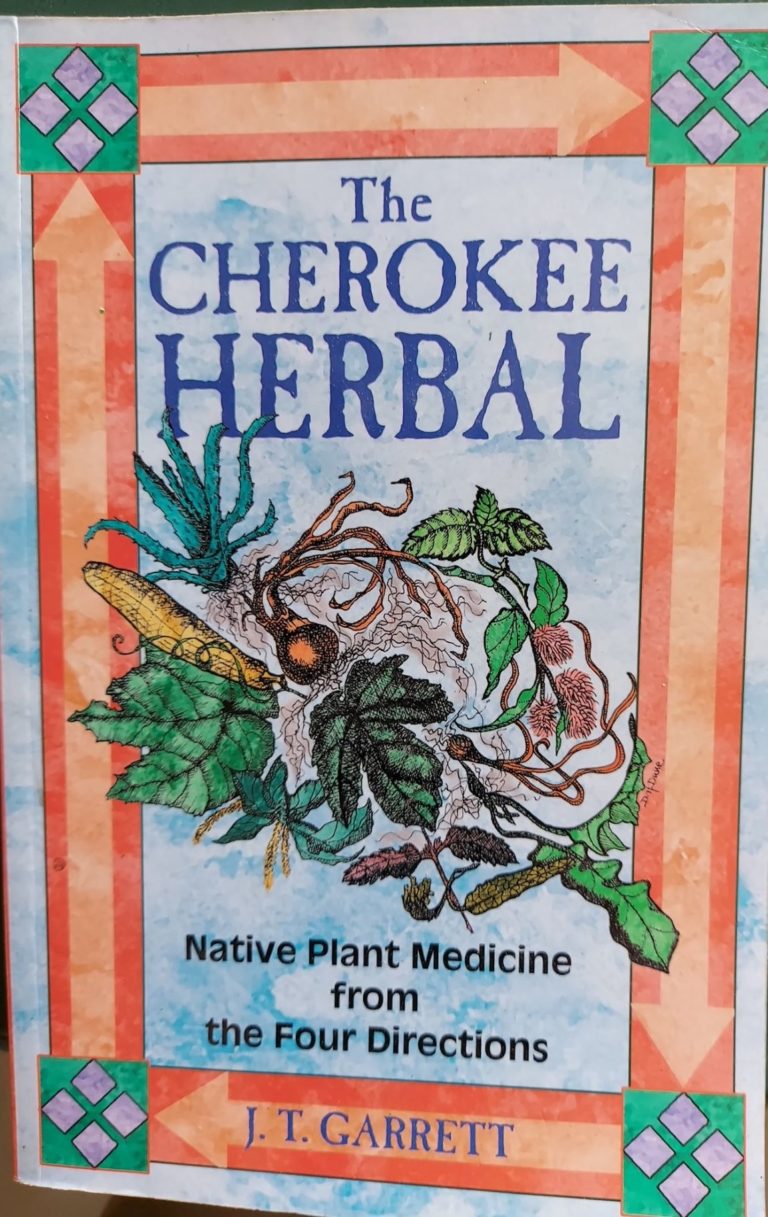
The Natural Communities of Georgia
“The Natural Communities of Georgia presents a comprehensive overview of the state’s natural landscapes, providing an ecological context to enhance understanding of this region’s natural history.
Georgia boasts an impressive range of natural communities, assemblages of interacting species that have either been minimally impacted by modern human activities or have successfully recovered from them. This guide makes the case that identifying these distinctive communities and the factors that determine their distribution are central to understanding Georgia’s ecological diversity and the steps necessary for its conservation.
Within Georgia’s five major ecoregions the editors identify and describe a total of sixty-six natural communities, such as the expansive salt marshes of the barrier islands in the Maritime ecoregion, the fire-driven longleaf pine woodlands of the Coastal Plain, the beautiful granite outcrops of the Piedmont, the rare prairies of the Ridge and Valley, and the diverse coves of the Blue Ridge.
The description of each natural community includes Traits that make it interesting and significant Physical factors and ecological processes that determine the distribution and characteristics of each community Typical plant communities Representative or noteworthy animals Sidebars that discuss particularly interesting features
With contributions from scientists who have managed, researched, and written about Georgia landscapes for decades, the guide features more than four hundred color photographs that reveal the stunning natural beauty and diversity of the state. The book also explores conservation issues, including rare or declining species, current and future threats to specific areas, and research needs, and provides land management strategies for preserving, restoring, and maintaining biotic communities.
The Natural Communities of Georgia is an essential reference for ecologists and other scientists, as well as a rich resource for Georgians interested in the region’s natural heritage.
Major support for this project was provided by the AGL Resources Foundation. Additional support was provided by the Georgia Department of Natural Resources, Wildlife Resources Division. In-kind support was provided by the Joseph W. Jones Ecological Research Center at Ichauway and Georgia State University.”
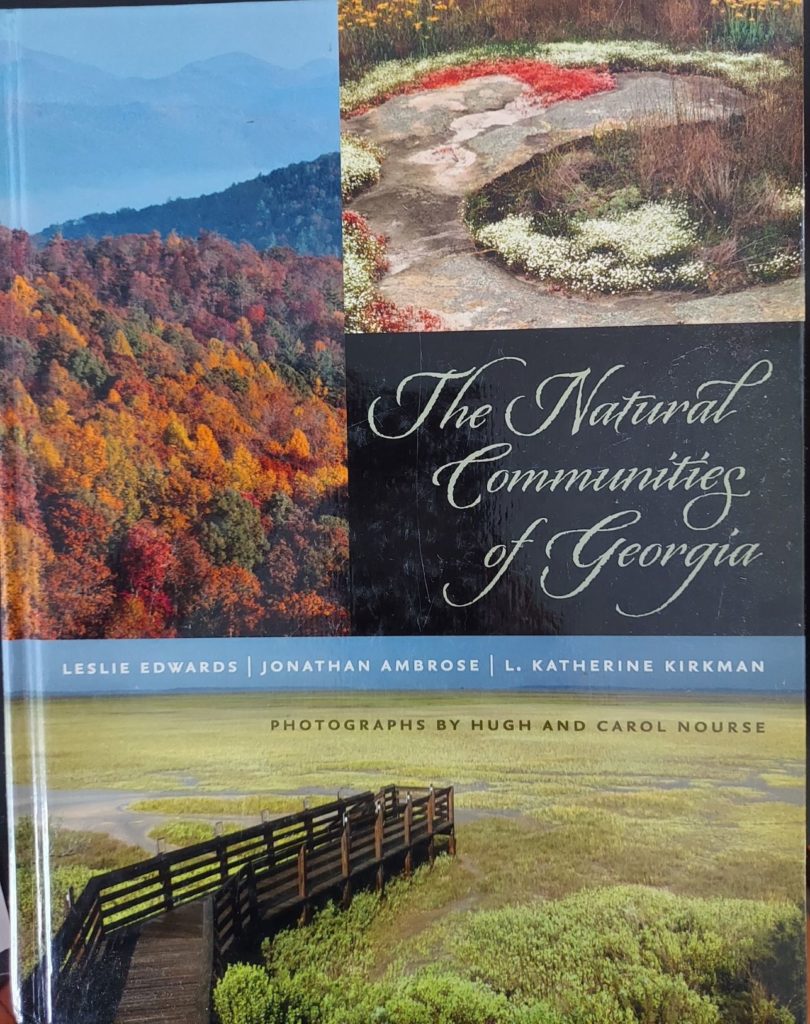
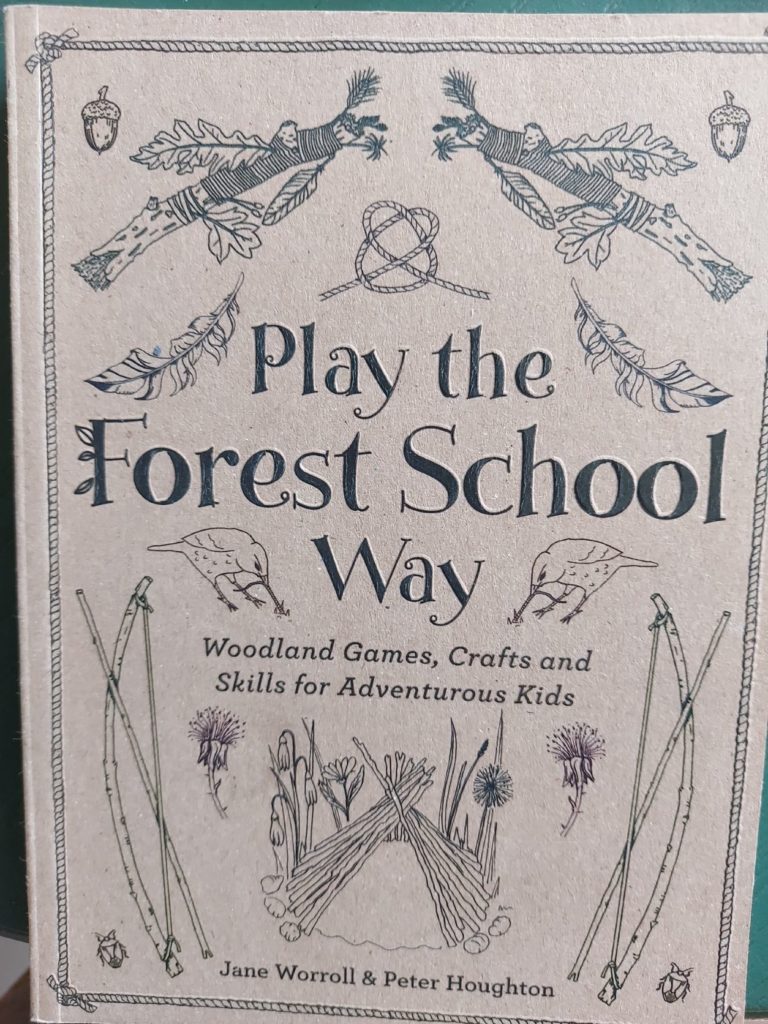
Play the Forest School Way
“The rise of the grassroots Forest School movement in recent years is part of a groundswell of concern about the wellbeing of our children, with many media scare stories about child obesity, “nature deficit disorder” (as described in Last Child in the Woods), and lack of exposure to risk.
This outdoor adventure manual is the antidote! Packed full of ideas, from making nature jewelry and whittling a bow and arrow, to building a shelter and foraging for food, it also celebrates the Forest School philosophy of encouraging self-esteem, confidence, and social skills through engagement with nature. The activities contain variations for varied age groups, small groups like play dates or birthday parties, as well as things to do with just one or two children. Parents are encouraged to guide the play but the activity instructions are written in a simple style with fun illustrations so that kids can take the lead as well.”
Coyote Teaching
At Wild Earth Camp, we try to adopt a “coyote teaching” style, an idea popularized by Jon Young that encourages children to explore the answers to life’s mysteries themselves instead of cutting their exploration short with quick and simple answers. In addition to the other suggested resources we have on our site, please take a look at these novels and videos by Jon Young to better understand his beliefs and philosophies.
- Novels:
- “Coyote’s Guide to Connecting with Nature” (2010)
- Written by Ellen Haas, Evan McGown, and Jon Young
- “What the Robin Knows” (2012)
- Written by Jon Young
- “Seeing Through Native Eyes: A Journey to Connection” (2011)
- Written by: Jon Young
- “Animal Tracking Basics” (2007)
- Written by: Jon Young and Tiffany Morgan
- “Coyote’s Guide to Connecting with Nature” (2010)
- Videos:
